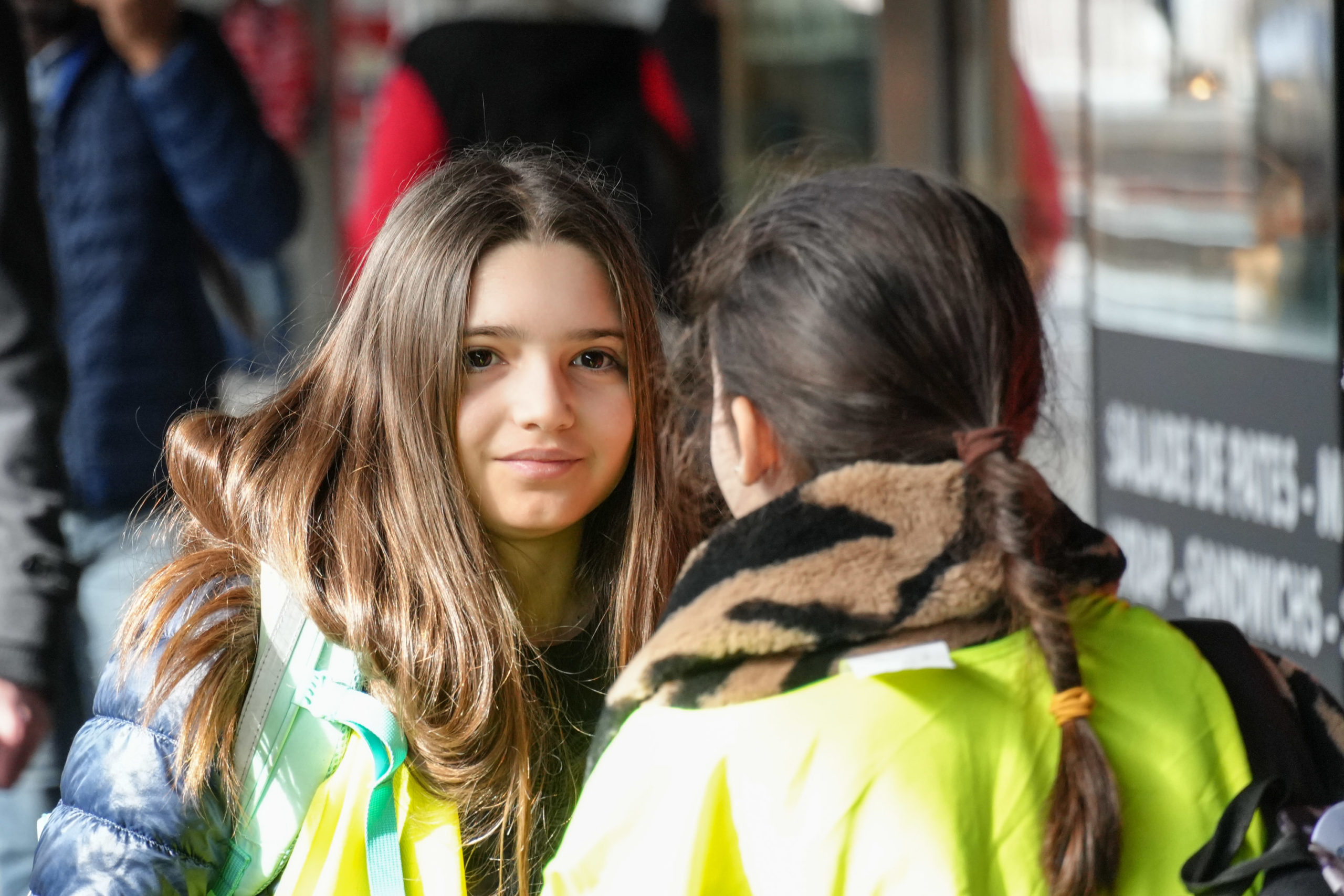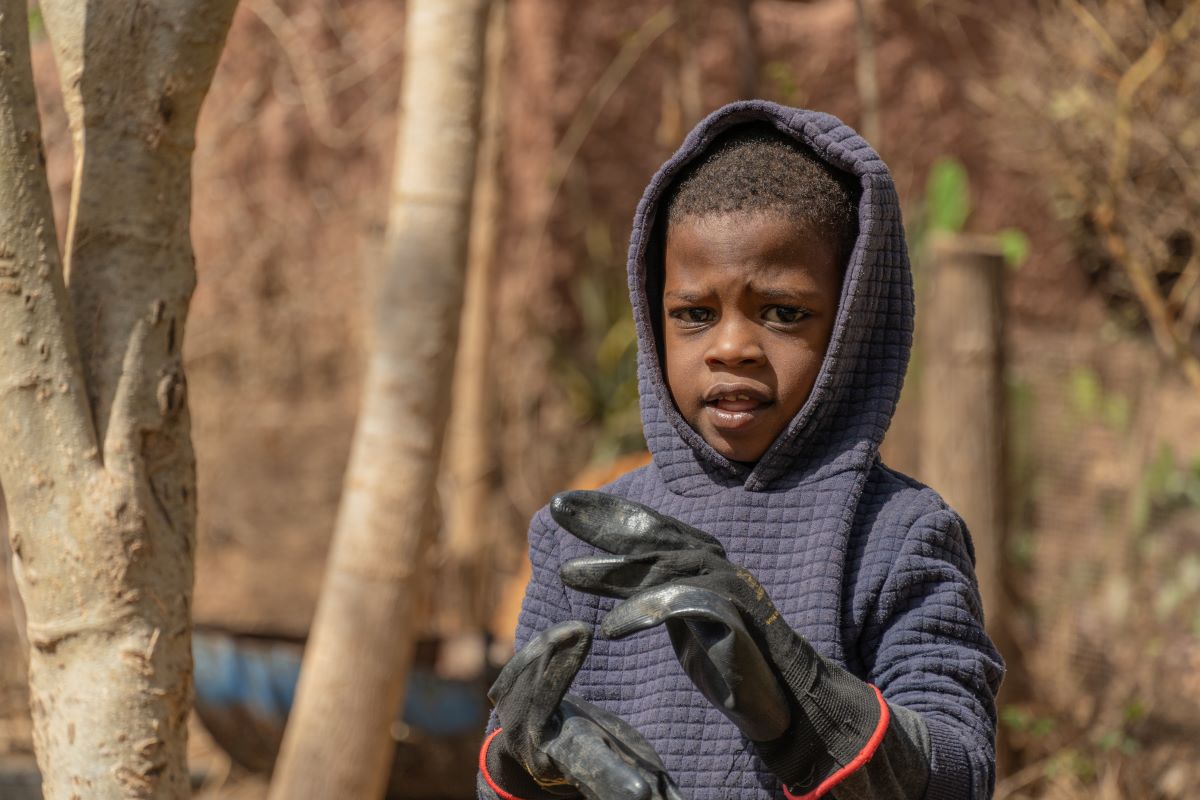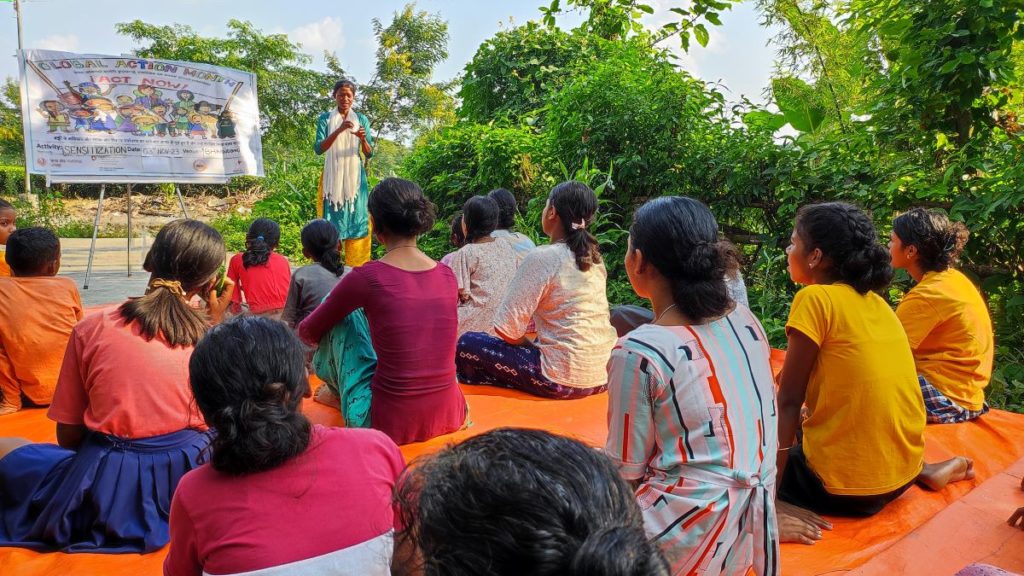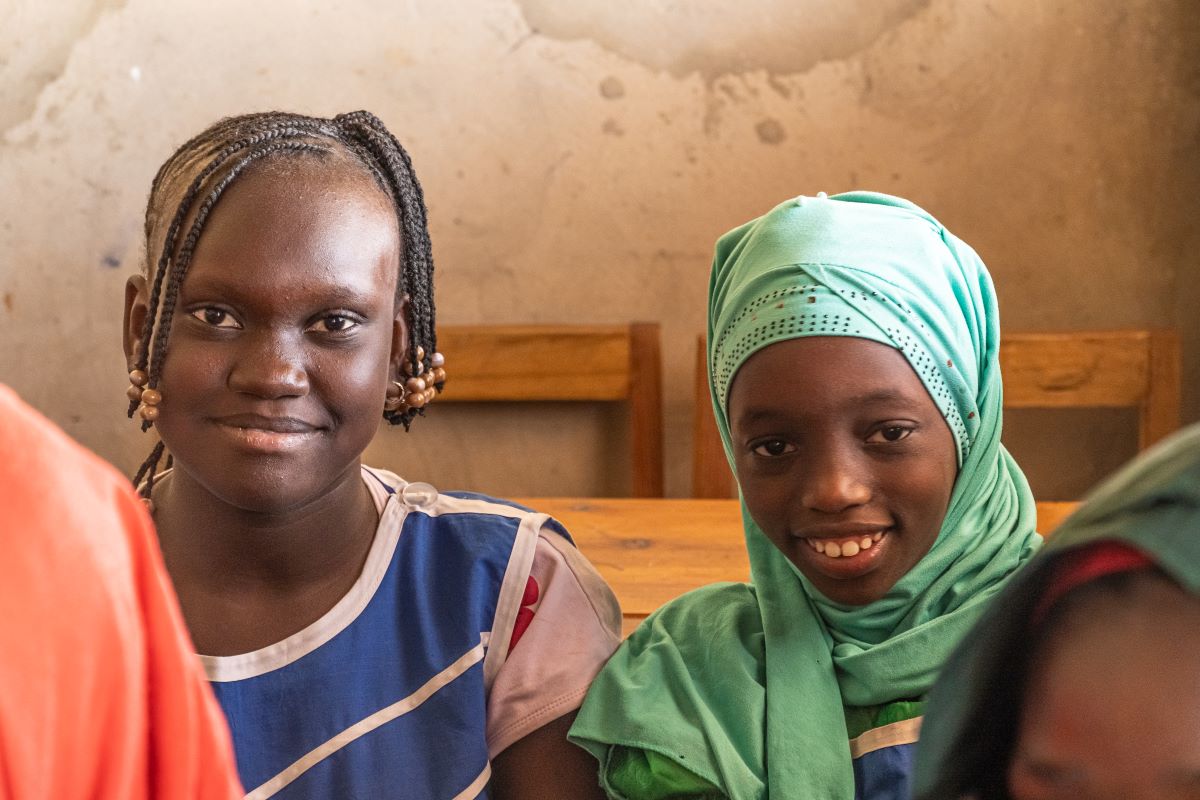Until recently, bullying at school was a problem whose scale and seriousness were unknown. Over the past fifteen years or so, this phenomenon has finally been recognised as a worrying problem, with complex and far-reaching societal consequences, particularly in terms of children’s rights. A welcome recognition!
From knowing winks and wry smiles to physical violence, the full range of verbal stigmatisation (mockery, insults, derogatory remarks) and more subtle and secret means of psychological destabilisation (blackmail, coercion, rumours, silence, isolation): nothing is enough to humiliate a peer who has been singled out as a target. What is the actual reason for the stigmatisation? It can be anything from a social marker that is interpreted as demeaning to an unusual character trait that harassers consider “odd”. Or from a physical characteristic that is a little too distinctive to an original interest that is different from that of others. For example, a slightly extravagant hobby or the fact that you don’t wear the “right” brand of clothes can, in the same way as obesity, disability, acne spots or red hair, trigger systematic displays of adversity and aggression from several pupils or a single individual.


Serious effects
According to UNICEF’s new definition of bullying: “Bullying in schools is a harmful social process characterised by unbalanced power dynamics that stem from social (societal) and institutional norms. Harassment is often repeated and takes the form of undesirable interpersonal behaviour by pupils or school staff, causing physical, social and emotional harm to the individuals or groups targeted and to the school community as a whole”.
What this definition emphasises is that the effects are serious for the victim. As a child or young person going through the fragile period of adolescence, they do not have the necessary tools either to face up to the hostility of their peers, or to draw from within themselves sufficient self-confidence to allow themselves to remain indifferent, showing themselves to be impervious to the attacks and insults of others. At this age, we don’t really know how to deal with the differences or take on the specificities for which we find ourselves stigmatised. We also don’t know how, at the very least, to compensate for our originality by valuing another quality, a characteristic that is likely to be approved of and praised, interpreted in terms of advantage. Bullying at school is often associated with poor concentration, falling motivation and even dropping out of school.


Defeating the mechanisms of harassment
A group phenomenon based on asymmetry of power and numerical inequality, bullying encourages several people to lash out at a single victim. The most distressing thing for the victim is to see friends, usually young people themselves struggling to fit in at school or trying to please their more ‘popular’ peers, join the harassers.
A group phenomenon based on asymmetry of power and numerical inequality, bullying encourages several people to lash out at a single victim. What is most distressing for the victim is to see friends, usually young people themselves struggling to fit in at school or trying to please their more ‘popular’ peers, join the harassers. Fortunately, over the last fifteen years or so, what might previously have been regarded as simple joking or teasing between pupils has now been condemned by schools as serious acts that impede the right to a high-quality, inclusive and equitable education.

Alongside all the intelligence, information and awareness-raising work, appropriate solutions are being sought to deal with cases of harassment and prevention strategies are being drawn up. School communities as a whole, children’s aid organisations and poFormatlitics are becoming increasingly involved in this search for solutions and in the effort to thwart the cruel game of harassment and bullying. The problem of harassment is a global one, which makes no distinction between the standard of living and the level of economic development. As a place of education, school is also the place where we learn the basics of living together and where we receive our first lessons in tolerance and respect for others, our first lessons in citizenship. It is now inconceivable that this space should lend itself, as is still sometimes the case today, to dynamics that run counter to these essential objectives of the school.
Putting a stop to bullying, recognising its signs and preventing it, teaching pupils to refuse to assert themselves by humiliating and trampling on others – these are the goals to which the school of the 21st century is striving and aspiring, alongside its concrete objectives linked to the transmission of knowledge. To meet this challenge, schools are far from alone: children’s rights organisations are there to support the fight against harassment at school and enable all pupils to grow and learn in healthy, protective educational environments, free from violence.
Concrete measures
Terre des Hommes Suisse and its partners have set up a large number of initiatives to combat bullying at school. These initiatives have a common denominator: laying the foundations, from the earliest years of schooling, for a culture of peace and the search for understanding by focusing on prevention, dialogue, non-violent communication and mediation. Mediation that is less focused on judgement and blame than on the objective of maintaining peace, for the good of all. By setting up “peace brigades”, self-protection groups and other measures designed to curb the phenomenon of harassment, Terre des Hommes Suisse and its partners are trying to make the school environment a place of harmonious collective life, characterised by balance, by the wellbeing and well-being of pupils, and by their full development.

